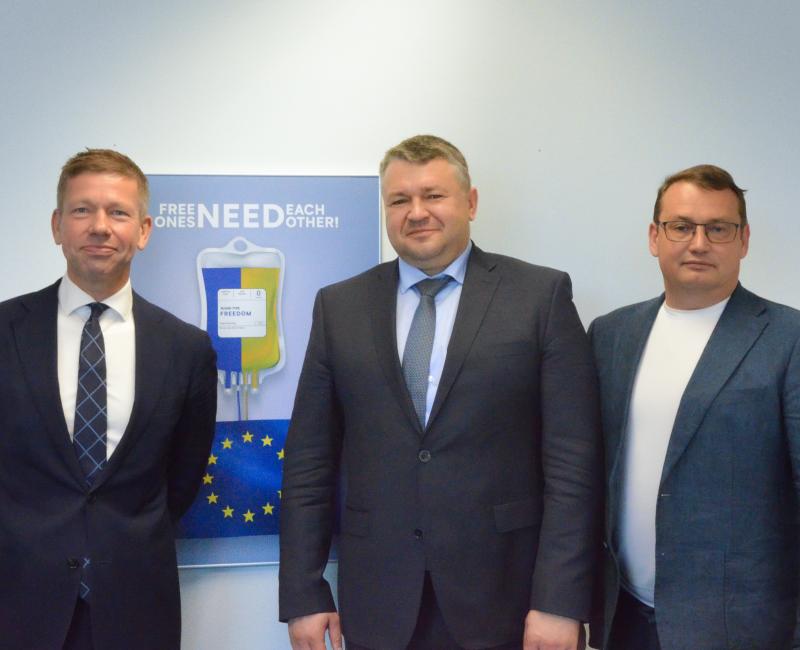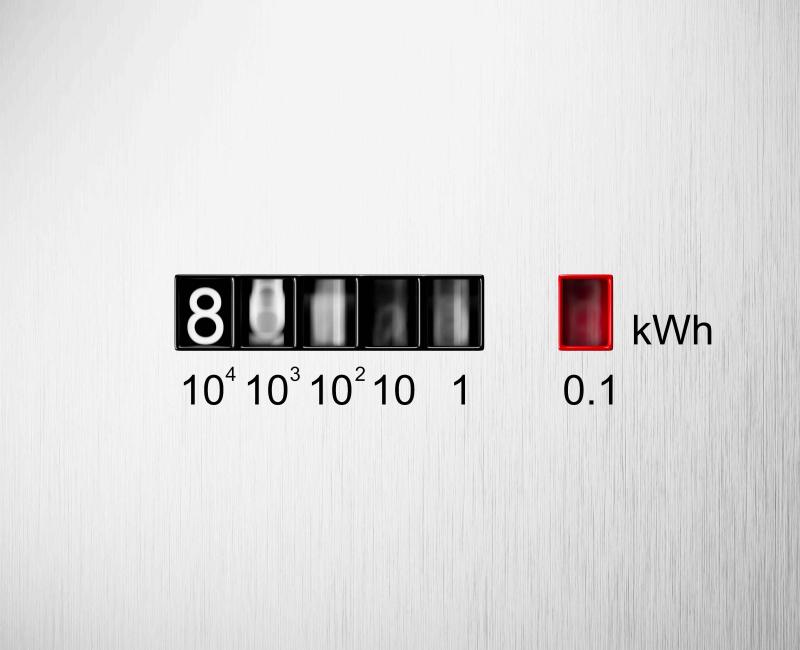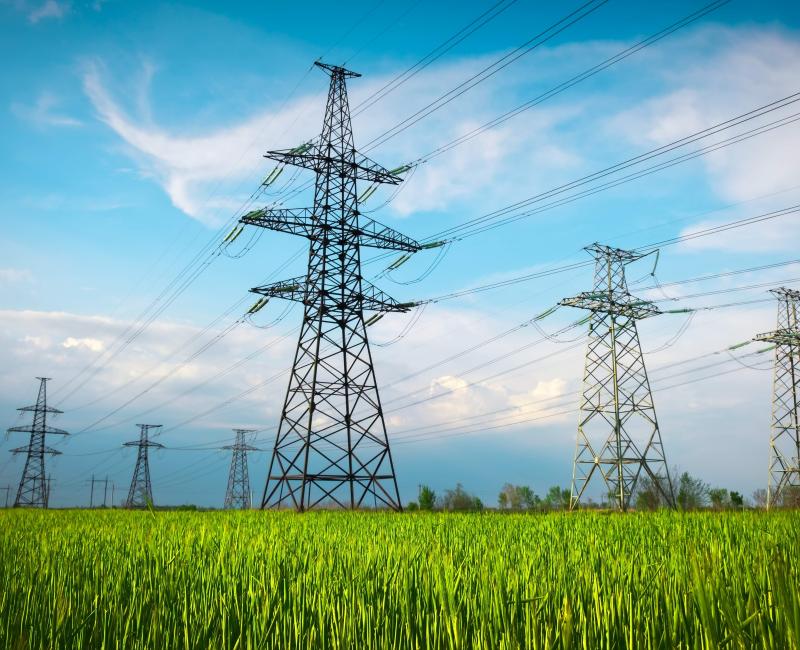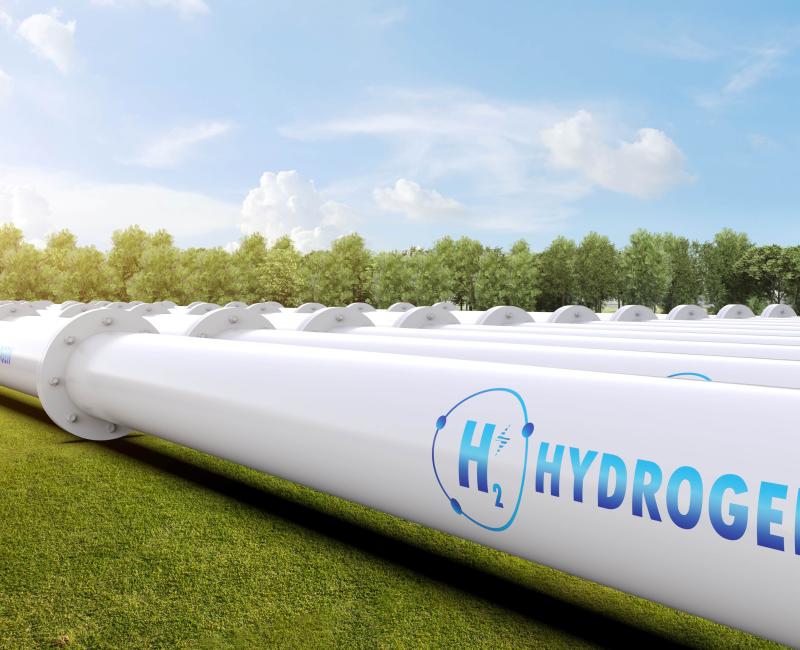Closer links with Ukraine: ACER-NEURC (Ukrainian regulator) workshop in Ljubljana

Closer links with Ukraine: ACER-NEURC (Ukrainian regulator) workshop in Ljubljana
What is it about?
Today, ACER hosted the Ukrainian energy regulator, NEURC, for a closed workshop on regulatory issues.
ACER Director, Christian Pilgaard Zinglersen, welcomed Mr Yuriy Vlasenko, NEURC Chairman, and Mr Oleksandr Formagei, Commissioner at NEURC, to ACER’s headquarters in Ljubljana, Slovenia.
The regulatory discussion focused on 3 energy issues:
- Ukraine’s integration into the EU electricity market;
- gas market developments and challenges; and
- implementation of REMIT (the EU framework that seeks to prevent market manipulation and abuse on wholesale energy markets) in Ukraine.
The Ukrainian regulator also spoke to the extensive damage done to energy infrastructure by Russian attacks - this making their simultaneous commitment to enact EU regulatory reforms all the more impressive.
The area of energy remains a key focus area, both during the current war in Ukraine and for post-war economic recovery. In February this year, the European Commission committed to Ukraine’s accelerated EU membership with a new package of support for energy security and Ukraine’s EU energy market integration.
Earlier this week, in Brussels, Ukraine completed its pre-accession screening process with the European Commission on energy issues and trans-European networks. This marks a key milestone of Ukraine’s fast-track path to EU membership.
Meanwhile this week, in Rome, at the Ukraine Recovery Conference, European Commission President Ursula von der Leyen unveiled a new €2.3 billion package of agreements with international and bilateral public financial institutions to support Ukraine's recovery and reconstruction efforts. The conference pointed to strengthening Ukrainian institutions and promoting long-term sustainability.
ACER’s workshop today in Ljubljana, technical in nature and focused on core energy regulatory issues, is yet another example of the EU’s steadfast commitment to Ukraine's future in the EU. It follows ACER’s recent visit (in May) to Kyiv and an earlier ACER workshop dedicated to NEURC in October 2023.
NEURC called for further collaboration with ACER to strengthen its capacity and help get ready for its EU-based future.
ACER Director, Christian Zinglersen, confirmed “ACER is fully committed to collaborate with our Ukrainian colleagues as they accelerate regulatory reforms and enhance their human, technical and IT capacities. We all know the end destination (EU membership) and ACER wants to do its bit to enable this sooner rather than later."








